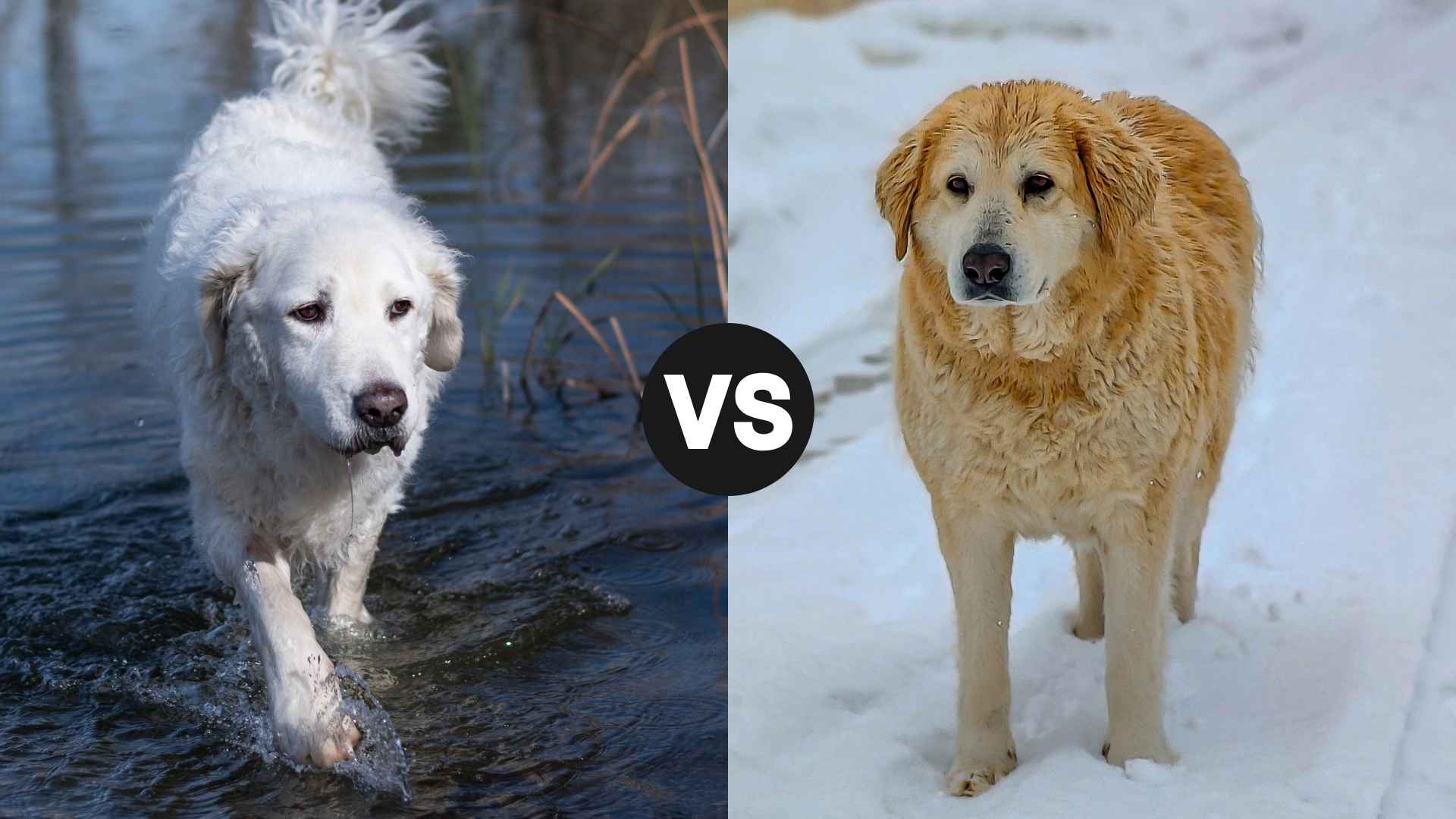Fluffy, fearless, and fiercely loyal—if you’re looking for a giant breed that doubles as a devoted protector, the Kuvasz and Great Pyrenees are likely on your radar. These two majestic mountain dogs don’t just turn heads with their regal white coats; they also have rich histories rooted as livestock guardian dogs and fiercely protecting their people. But while they may look similar at a glance, these gentle giants differ in temperament, training needs, and energy levels.
Are you drawn to the independent, lion-hearted Kuvasz? Or does the calm, nurturing nature of the Great Pyrenees feel more like your style? Choosing between these two powerful breeds can be a tough call, especially when both come with loyalty baked into their DNA.
We will break down everything you need to know—personality traits, grooming needs, adaptability, and family compatibility—so you can make the right choice for your lifestyle.
Whether you’re living on acres of land or simply want a noble companion to watch over your home, we’re here to help you figure out which of these fluffy protectors deserves a spot by your side. Let’s dive into the fascinating world of Kuvasz vs Great Pyrenees!
Kuvasz vs. Great Pyrenees
Size and Physical Structure
Let’s talk size. These are not dogs for small apartments, unless you want your living room to become a furball jungle.
Kuvasz:
The Kuvasz (pronounced KOO-vahss, not “couscous”) hails from Hungary and dates back to the Middle Ages. These dogs were once the elite bodyguards of Hungarian nobility, often found lounging in castles between royal protection gigs. But don’t let the posh past fool you.
The Kuvasz is all grit when it comes to guarding livestock and property. These livestock guard dogs were bred to be independent thinkers, which means they’ll protect your chickens like it’s their royal duty—even if you never asked them to.
Height: 26–30 inches
Weight: 70–115 pounds
Build: Athletic, muscular, and leaner than you’d expect under all that fluff.
Coat: A dense, wavy white coat that screams, “I’ve got sheep to protect and zero time for nonsense.”
The Kuvasz is like the fit personal trainer of livestock guardians—always alert, slightly aloof, and silently judging your snack choices.
Great Pyrenees:
Meanwhile, the Great Pyrenees—affectionately called the Pyr—has its roots in the snowy slopes of the Pyrenees Mountains, where it served as a fearless livestock guardian. This breed was the night shift security for shepherds, keeping wolves, bears, and possibly the occasional yeti at bay.
By the 17th century, the Pyr’s courage earned him a spot in the French aristocracy, officially becoming the Royal Dog of France under King Louis XIV. Yes, this is a dog with both mountain grit and palace manners. According to AKC, they’re often referred to as “majestic.” Great Pyrenees are massive and powerful mountain dogs.

Height: 25–32 inches
Weight: 85–160 pounds (Yes, you read that right)
Build: Big-boned and powerful with a majestic mane that makes them look like a four-legged lion who took a wrong turn into a snowstorm.
Coat: A weather-resistant, thick double coat—basically nature’s version of a thermal blanket.
The Great Pyrenees is the gentle giant of the dog world. He’s massive, fluffy, and totally cool with being mistaken for a living teddy bear—unless you threaten his family or flock. Then it’s Beast Mode: Activated.
Temperament and Personality
Let’s keep the fluff flying and dive into what really matters when choosing between the Kuvasz and the Great Pyrenees—their temperament, personality, and how likely they are to drag you out of bed for a 5 AM hike.
Kuvasz:
The Kuvasz is like that one friend who doesn’t say much at parties but will absolutely call you out if you’re being dumb. Reserved, intelligent, and fiercely loyal, Kuvaszok (plural of Kuvasz) are natural guardians with a no-nonsense attitude. They’re not aggressive for fun, but they’re always evaluating threats—like the UPS guy, your cousin from out of town, or a suspicious leaf.
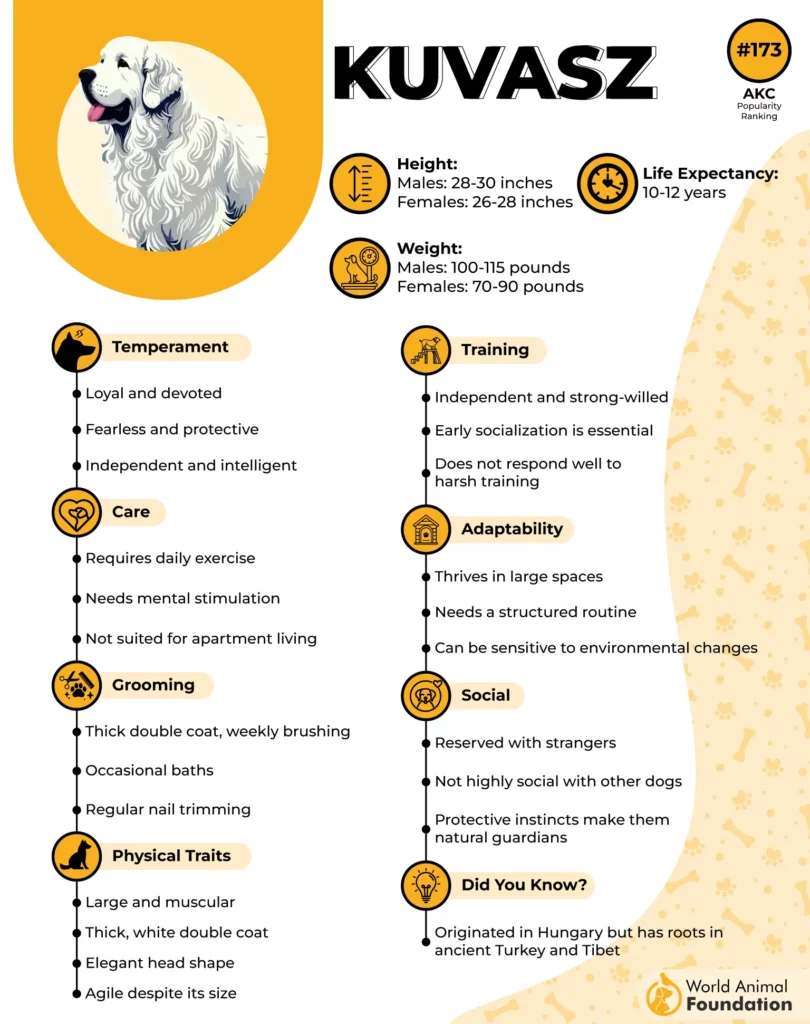
Loyal? Like, “will fight a bear for you,” loyal.
Affectionate? Yes, but on their terms. Think “dignified cuddler.”
Good with strangers? Not unless you formally introduce them and maybe submit a background check.
They’re big thinkers who like to decide for themselves. Translation: Proper training of a Kuvasz requires patience, consistency, and the wisdom of a Jedi Master. PetMD says this breed can be a handful for first-time pet parents due to their strong working instincts. These large, driven dogs thrive when given a purpose—whether it’s guarding livestock or engaging in structured activities that keep both their body and mind active.
Great Pyrenees:
Imagine if a Zen monk got reincarnated as a dog. That’s the Great Pyrenees dog. Calm, nurturing, and incredibly loving toward their family, they are known for their gentle giant energy—unless someone crosses the line. Then they turn into a 120-pound tank with fur.
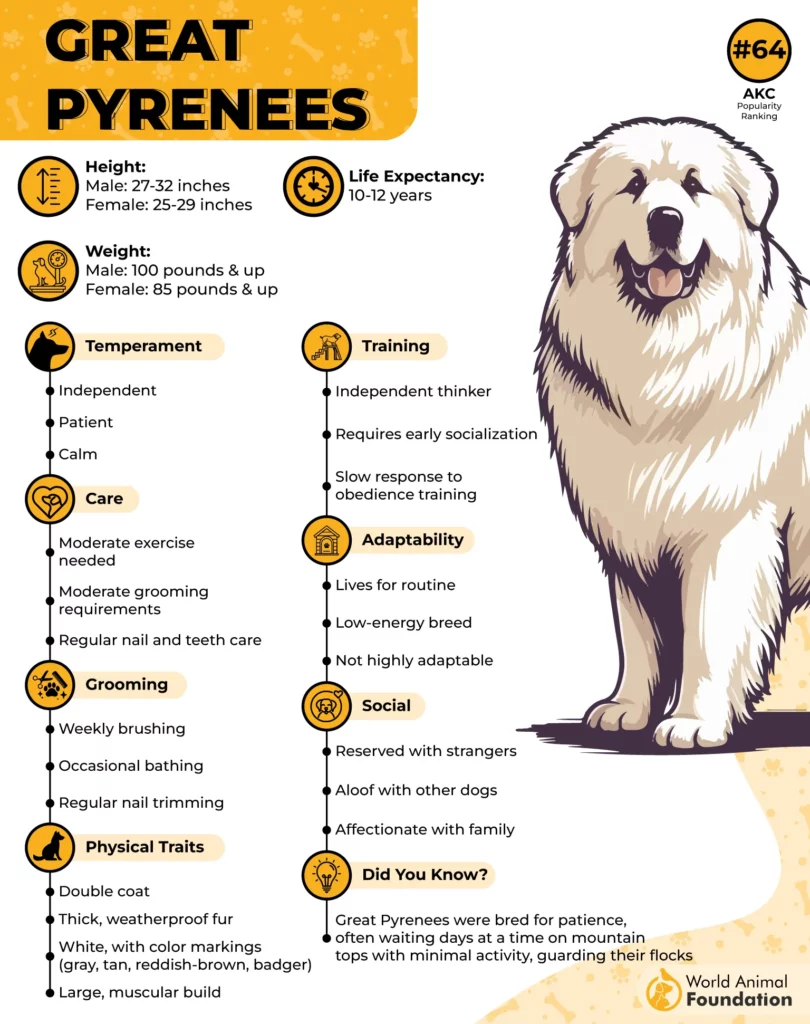
Loyal? Absolutely. They’re ride-or-die dogs.
Affectionate? Prepare for full-body lean hugs and a lot of nose nudges.
Good with strangers? Polite but suspicious. They’ll observe before judging.
These dogs are frequently chosen for roles as therapy and search-and-rescue dogs due to their gentle nature and intelligence. Their calm temperament and loyalty also make them a favorite among families with children.
Pyrs are stoic and sweet, but don’t mistake that for laziness—they’re just conserving energy for a potential mountain lion ambush.
Energy Levels and Exercise Needs
Kuvasz:
These dogs were bred to patrol acres of land, so keeping a Kuvasz in a tiny yard is like asking an Olympic sprinter to pace around your living room.
Energy Level: Moderate to high. They need physical and mental stimulation.
Exercise Needs: 60–90 minutes of excessive exercise requirements. Walks, runs, playtime, or “patrolling” a yard with invisible enemies.
Ideal Activities: Hiking, scent work, guarding your soul, bossing around other dogs.
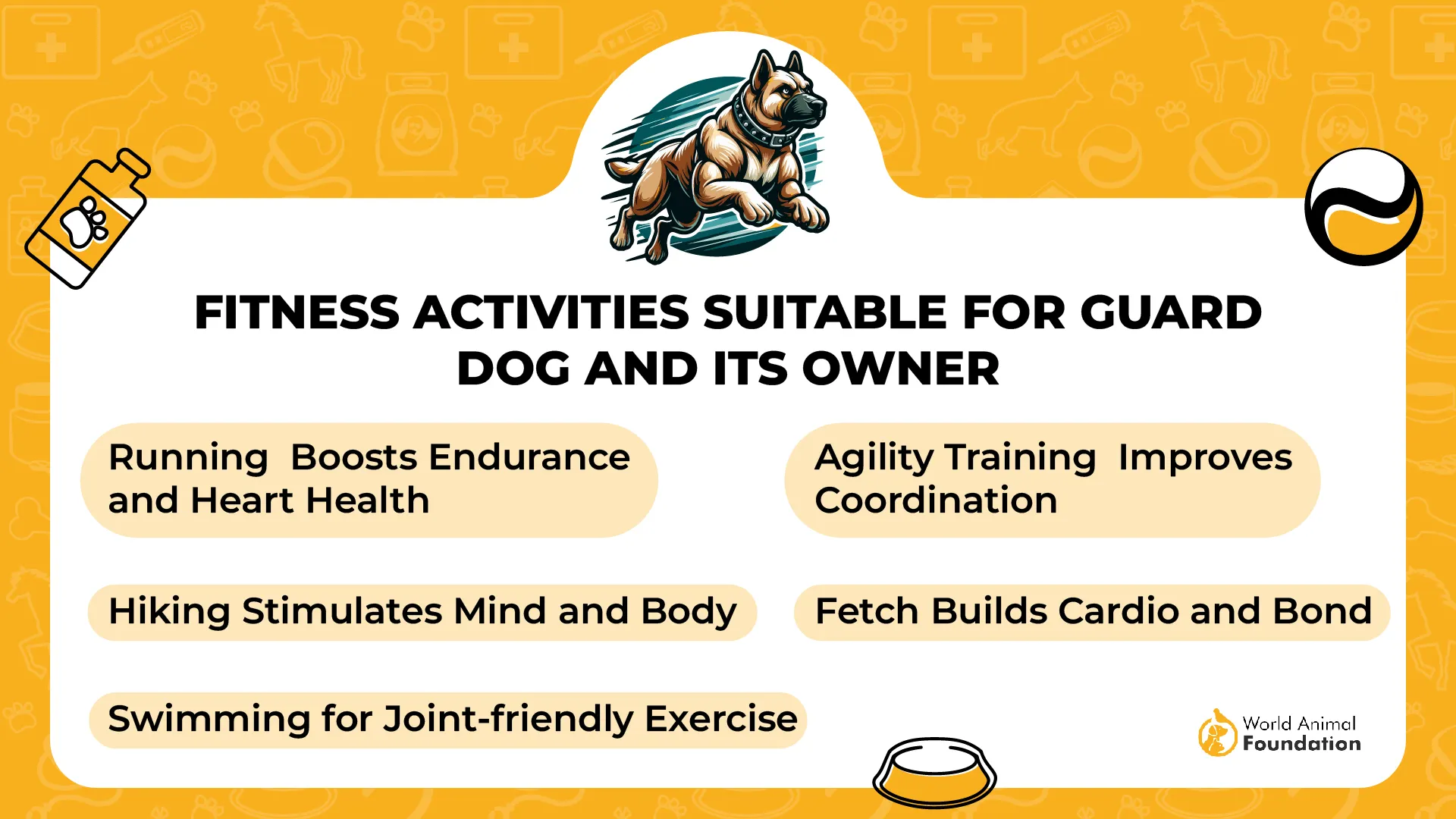
If bored, the Kuvasz may dig up your garden or invent imaginary threats to bark at. A tired Kuvasz is a happy Kuvasz—and a quieter neighborhood.
Great Pyrenees:
The Great Pyrenees dog is calm and deliberate with his energy. They won’t bounce off the walls, but they’re not lazy—they are just strategic about when they move.

Energy Level: Low to moderate. They’re more “slow stroll” than “zoomies in the park.”
Regular Exercise Needs: 30–60 minutes a day. They enjoy walks but also love lying majestically on porches.
Ideal Activities: Casual walks, yard patrols, looking like royalty while lying in snow.
One quirk: They love wandering, so a secure fence is a must. Otherwise, your majestic friend may disappear on a mission to “check the perimeter”—aka take himself on a two-mile walk.
Compatibility with Other Pets
Kuvasz:
The Kuvasz can get along with other pets, but only if properly socialized and ideally raised with them. Think of them as the stern landlord of the house—they can share the space, but they’ll make the rules.
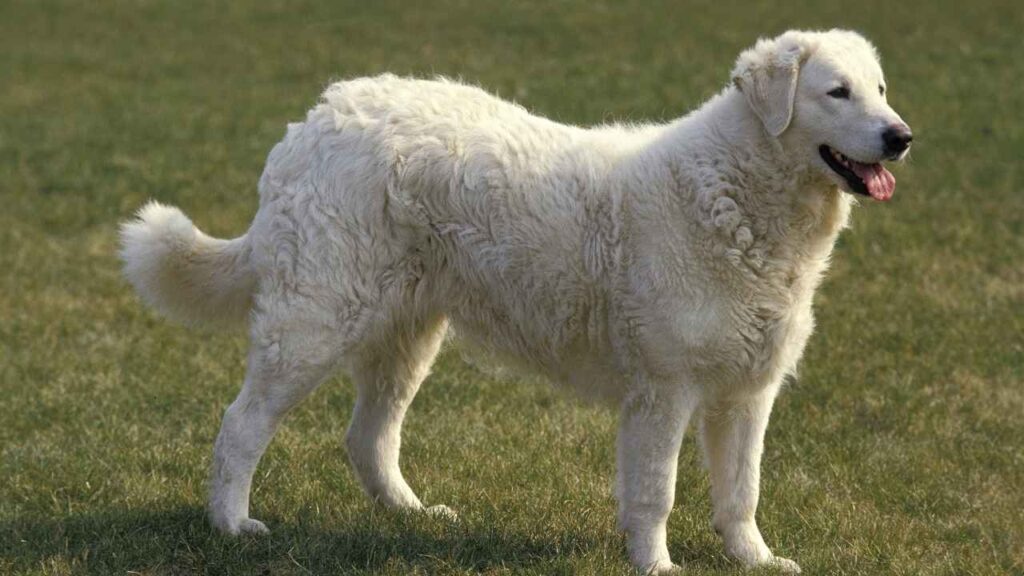
With Dogs: They often prefer being the only dog in the house, especially if the other dog dares to challenge their authority. They’re not looking for a playmate—they’re looking for a colleague who respects their role as head of security.
With Cats: If raised together? Possible. If not? That cat better be fast and smart. Kuvaszok have strong guarding instincts, and unfamiliar animals may trigger their “this does not belong here” alert.
Pro tip: Proper socialization is crucial. Without it, the Kuvasz may act like every living creature that isn’t you is an intruder.
Great Pyrenees:
The Great Pyrenees tends to be far more accepting of other animals, thanks to their livestock-guardian roots. These dogs were literally bred to live among sheep, goats, chickens, and still know who the real enemy is (spoiler: it’s not Fluffy the housecat).

With Dogs: Generally good, especially with calmer, non-dominant breeds. Pyrs aren’t usually looking for a wrestling partner, but they’ll tolerate housemates if everyone minds their manners.
With Cats: Better-than-average chances of peaceful coexistence. As long as the cat doesn’t start a fight or steal their nap spot, the Pyr will probably let them live.
Bottom line: The Pyr is the kind of dog that’ll calmly watch the hamster roll by in a plastic ball and think, “Not my problem.”
Interaction with Children
Kuvasz:
The Kuvasz loves their family and can form strong, protective bonds with children. But—and this is a big, fluffy pup but—they take their guard duty very seriously. So much so that they might misinterpret playful yelling, running, or roughhousing as threats to “their” kid.
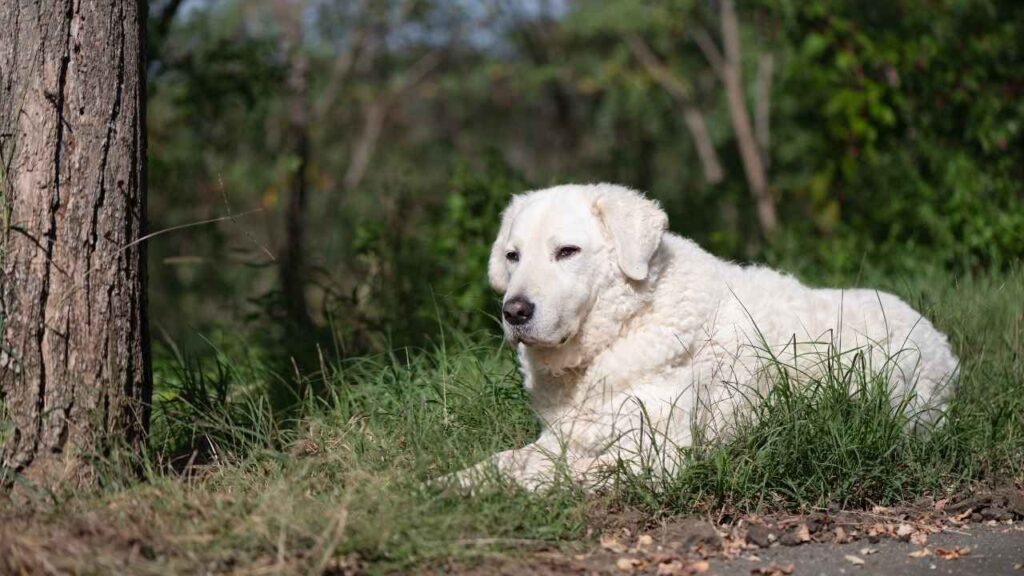
With Kids: Great with their own children, cautious with unfamiliar ones.
Behavior: Watchful, loyal, may insert themselves into kid conflicts like a four-legged referee.
Supervision Needed? Yep. Especially during playdates. Don’t be surprised if the Kuvasz tries to “gently” separate your child from their friends like a bouncer at recess.
They’re not mean—they’re just on duty 24/7, and someone has to make sure little Timmy isn’t under attack by little Joey.
Great Pyrenees:
The Pyr is often described as a natural with kids—patient, gentle, and almost comically tolerant. You could dress one up in fairy wings, and he’d sit there thinking, “If this makes the small human happy, I accept my fate.”
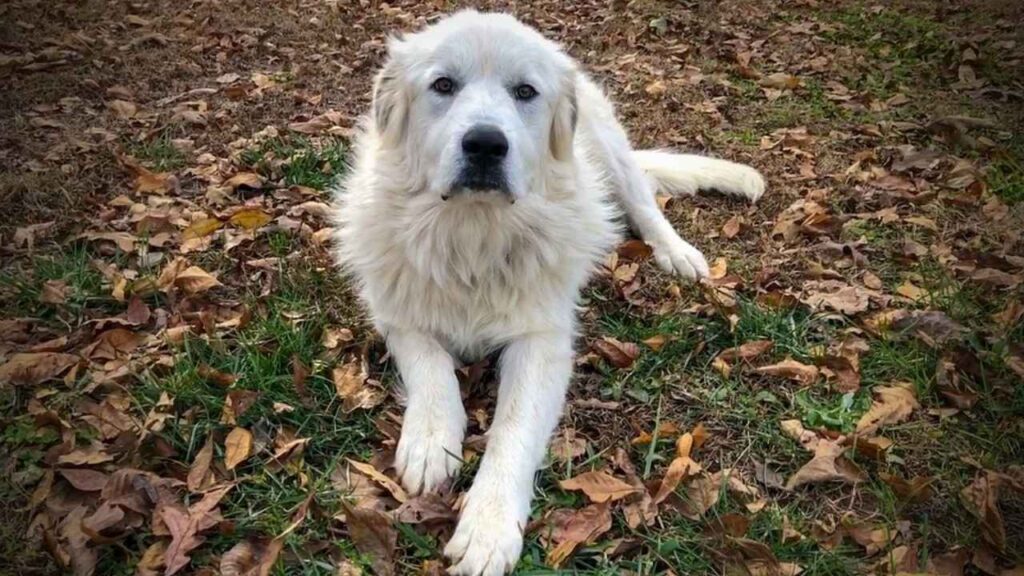
With Kids: Excellent, even with very young children.
Behavior: Calm, nurturing, sometimes even herding kids gently to keep them together.
Supervision Needed? Always recommended because of their size (they could accidentally knock a toddler over), but not because of temperament.
The Pyr is basically a living stuffed animal with a watchful eye, which is adorable and effective if you’re raising tiny humans.
Health and Medical Concerns
Now let’s tackle the less glamorous but totally essential side of owning these majestic marshmallows: their health. Because, as beautiful and loyal as the Kuvasz and Great Pyrenees are, they don’t come with a “set it and forget it” button.
Kuvasz:
Lifespan: 10–12 years
Bred to withstand harsh climates and guard flocks in the rugged hills of Hungary, the Kuvasz is generally a tough and healthy breed. But even these stoic giants have a few chinks in their armor.
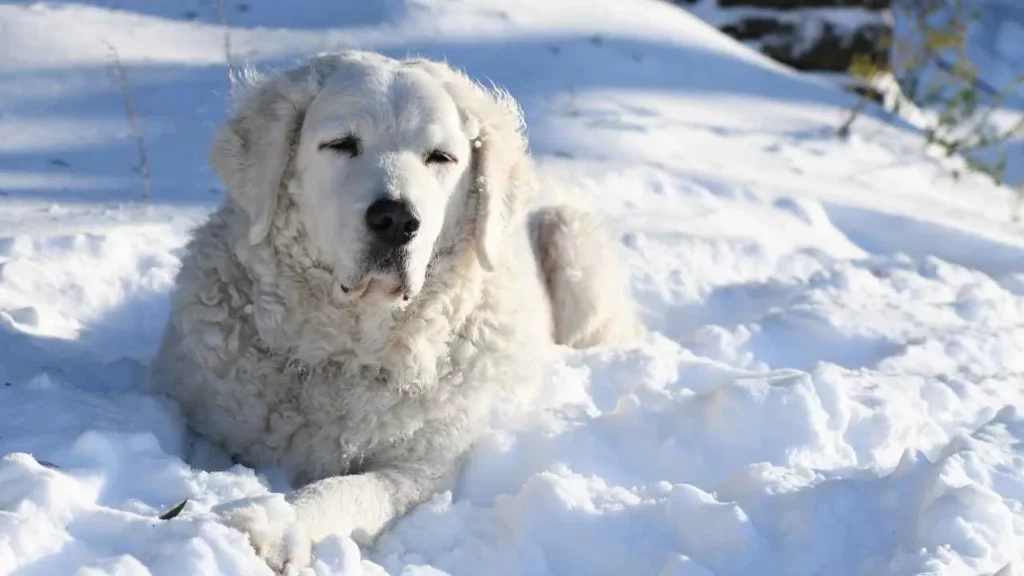
Hip Dysplasia: Like many large breeds, the Kuvasz is prone to this joint issue. It’s less of a concern if you buy from a reputable breeder who screens for it.
Osteochondritis Dissecans (OCD): A fancy term for a painful joint condition, especially in fast-growing puppies.
Autoimmune Disorders: Some Kuvaszok may develop immune issues, so regular vet visits are a must.
Bloat (Gastric Torsion): A life-threatening emergency that can affect deep-chested dogs like the Kuvasz. No roughhousing after meals, please!
Pro Tip: Feed smaller, more frequent meals and avoid intense activity right after to reduce bloat risk.
Great Pyrenees:
Lifespan: 10–12 years
The Great Pyrenees might look like they were sent from heaven on a cloud of fur, but even angels can have allergies. These dogs are generally healthy, but here are some common issues to watch out for:
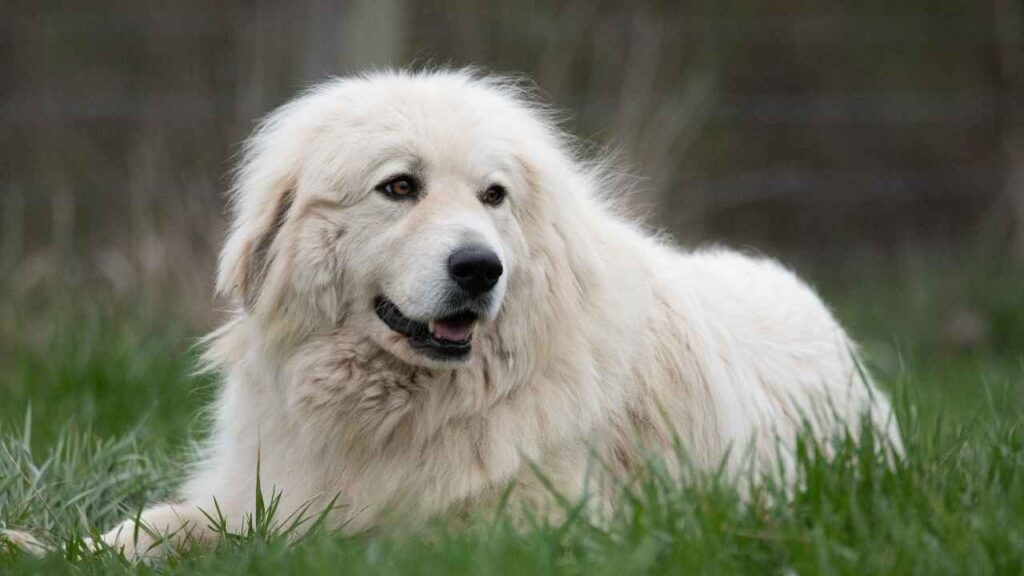
Hip Dysplasia: Yep, them too. Regular joint check-ups are a must.
Luxating Patella: A fancy way of saying their kneecap can slip out of place. Sounds painful? It is.
Entropion: A condition where the eyelid rolls inward, causing irritation. Not fun for anyone.
Bloat: Again, a serious concern. Because apparently, being large and fluffy means your stomach wants to flip for attention.
Pro Tip: Routine exercise and weight control can go a long way in keeping this gentle giant feeling good.
Coat Type and Grooming Requirements
Kuvasz:
The Kuvasz has a beautiful double coat—thick, wavy to straight, and always white (or at least, supposed to be). It’s like wrapping a snowdrift around a bodyguard. It protects them from the elements but also traps every burr, twig, and random leaf in a 3-mile radius.
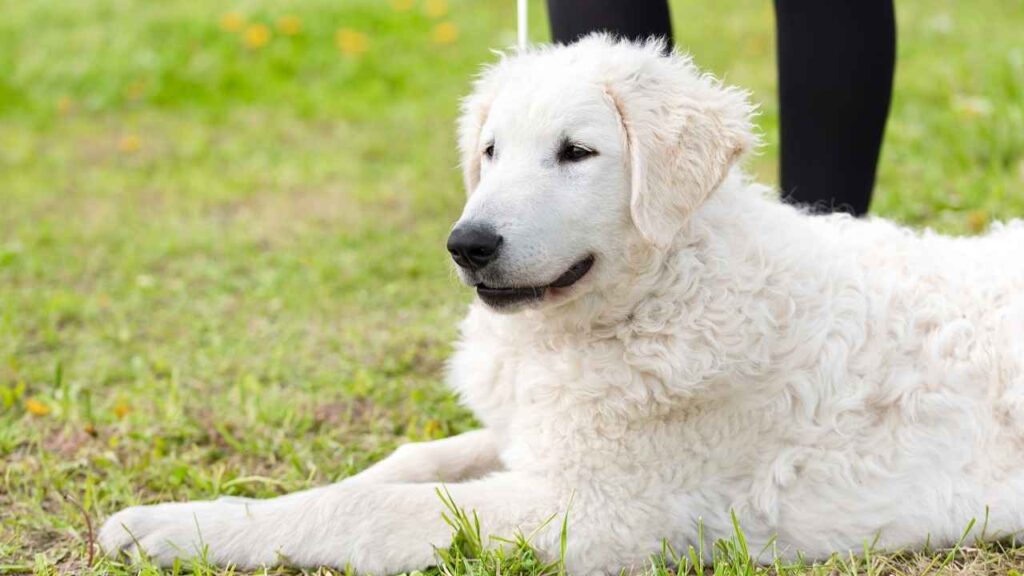
Shedding: Seasonally heavy. Like, “build your own second Kuvasz out of fur” levels.
Brushing: 2–3 times a week minimum. Daily during shedding season, unless you enjoy tumble-fur drifting through your home.
Bathing: Rarely needed. Their coat repels dirt surprisingly well. (Nature’s dry shampoo?)
Pro Tip: Invest in a good deshedding tool. Your future self (and vacuum cleaner) will thank you.
Great Pyrenees:
If you’ve ever wanted a dog that looks like a cross between a cloud and a sheep, congratulations—you found it. The Great Pyrenees also has a dense, weather-resistant double coat, perfect for protecting livestock or lounging dramatically in snowbanks.
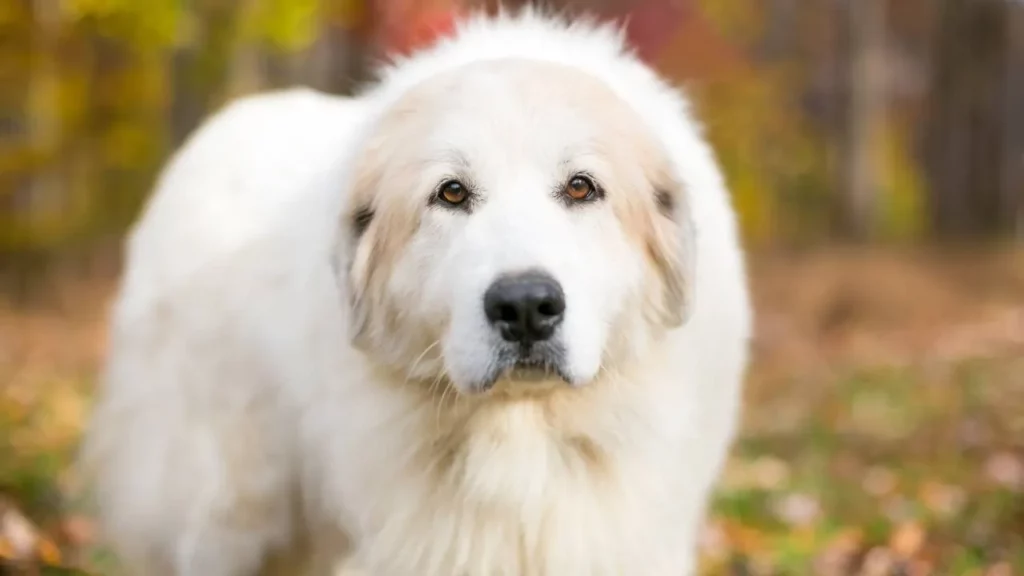
Shedding: YES. Like an avalanche. Especially in spring and fall.
Brushing: At least 2–3 times a week, and daily during coat-blowing seasons (which feel like they last a lifetime).
Bathing: Every 2–3 months, unless they find mud. Which they will.
Pro Tip: Their undercoat can mat if neglected, so brush deep, not just the top fluff. Otherwise, you’ll discover “hidden dreadlocks of doom.”
Conclusion
Both the Kuvasz and Great Pyrenees are loyal working breeds known for their instinct to protect livestock and guard the front door from potential threats. While the Kuvasz may appear a few inches taller, the Great Pyrenees often has the distinctive double dew claw. These two breeds thrive as family dogs when early socialization and consistent training start at a young age, helping avoid aggression, stubborn behavior, or owners feeling confused.
Whether raised as a puppy or adopted as an adult, their strong bond with owners and other pets depends on being properly socialized and understanding their job in life. With the right approach, both dog breeds can live a fulfilling life, protecting against predators while offering love and loyalty.


